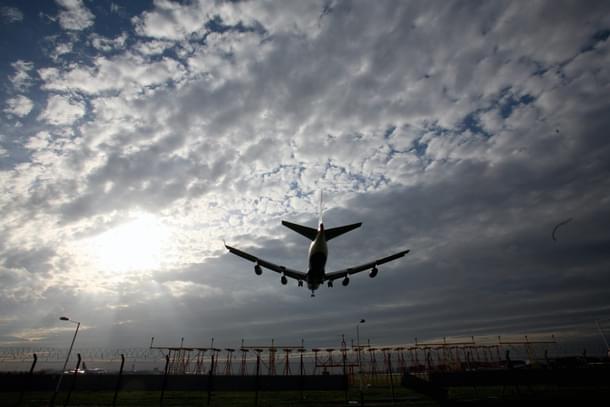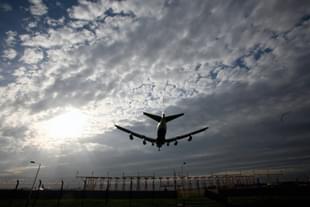Insta
Taking Climate Change Fight To The Skies, Literally: Powerful New Batteries Could Power New Eco-Friendly Planes
Swarajya Staff
Nov 10, 2018, 10:56 AM | Updated 10:56 AM IST
Save & read from anywhere!
Bookmark stories for easy access on any device or the Swarajya app.


Yet-Ming Chiang, a professor and a serial battery entrepreneur and Venkat Viswanathan, a battery scientist, are busy refining battery prototypes that could potentially be powerful enough to power aircrafts and still not contribute to global warming, as reported by MIT Technology Review.
The duo is taking a radically different approach, and instead of focusing on how different materials could be used to improve battery efficiency, they are working on the alignment of the materials in batteries to save energy. Using magnetic forces, the scientists are looking to reduce the distance travelled by lithium ions between electrodes. This would naturally speed up the rate of electricity discharged.
Though air travel contributes to only 2 per cent of global carbon dioxide emissions, it is one of the fastest growing polluting industries. Also, according to International Air Transport Association (IATA), the number of passengers travelling by air will double by 2036, with 7.8 billion passengers flying every year. Developing countries like India are likely to be the biggest contributors to this explosive growth.
Companies like Uber, Airbus, and Boeing are also looking for ways to build one- or two-passenger vehicles that could take off and land vertically, powered by batteries. This would have multiple benefits like decongestion of cities, less pollution and safer travel. However, the two scientists, Chiang and Viswanathan have grander plans. They are planning to build a larger 12-passenger plane that could cover over 600 kilometres.
Though battery-powered planes seem more science-fiction than reality now, the efforts of these two scientists will at least quicken the pace of development of electric cars and other e-vehicles.




